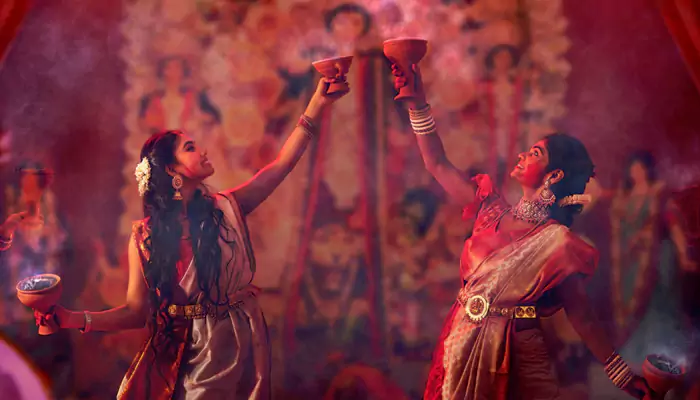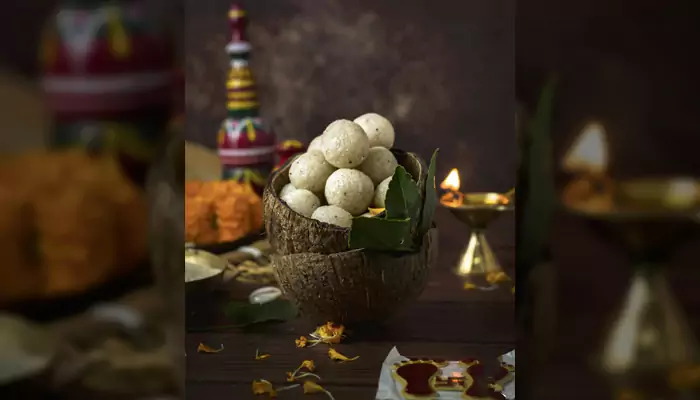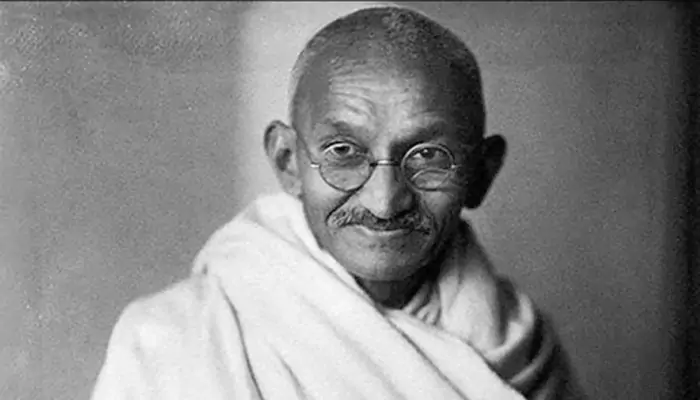Subha Sharadiya: Here's the Story of Kolkata’s Oldest Durga Puja
- Sayan Paul
- 1 month ago
- 5 minutes read
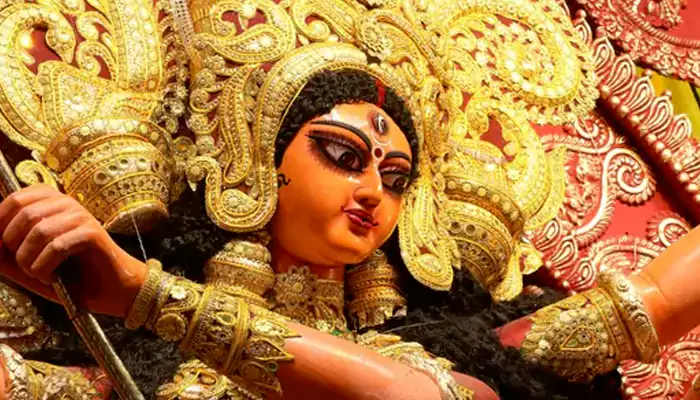
As they say, old is gold!
If you walk through Kolkata during Durga Puja, hopping from one pandal to another, you’ll find some pujas that have held on to their age-old ways. Watching the same rituals being performed year after year is a reminder of how deep the festival runs in the city’s veins. Some of these pujas are more than a hundred years old. But the surprising part is that Kolkata’s oldest Durga Puja is much, much older than that. Well, it has been going on for over 415 years. Yes, 415. So as the city celebrates its biggest celebration of the year, let's learn the story of how this puja began and how it has continued through the centuries.
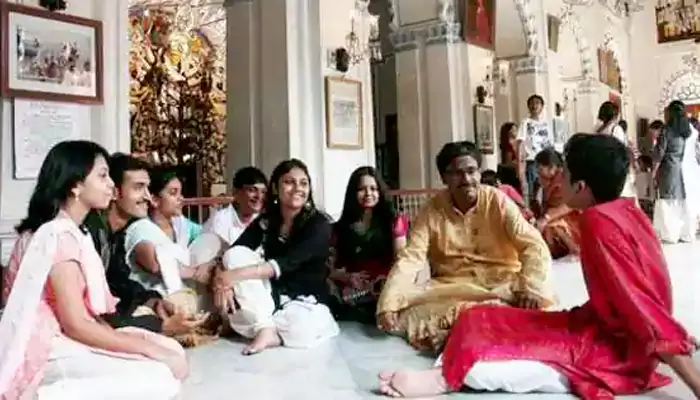
The Oldest Durga Puja in Kolkata - At the Sabarna Roy Choudhury House
The Durga Puja at the Sabarna Roy Choudhury house in Barisha (the southern part of Kolkata) is widely recognised as the oldest in the city, which has been observed without a break since 1610. Lakshmikanta Gangopadhyay, who later came to be known as Sabarna Roy Choudhury, and his wife Bhagwati Devi set it up at their house in Barisha more than four centuries ago.
Every Puja season, devotees stream in from across Bengal and elsewhere (even from abroad) to witness the rituals in the same courtyard where it all began.
The History of the Sabarna Roy Choudhury Family and Their Durga Puja
The story of the Roy Choudhury family is part of the story of old Kolkata itself. Lakshmikanta was the son of Jiya Gangopadhyay, a Sanskrit scholar. After his wife Padmavati Devi died, Jiya became an ascetic and went to Varanasi, leaving young Lakshmikanta in the care of a priest at Kalighat.
It was through Raja Man Singh (who served under Emperor Jahangir) that Lakshmikanta received a large rent-free land grant around 1608. That grant stretched from what is now Halisahar in the north of greater Kolkata to Diamond Harbour in the south. Because he managed the land well, he earned titles like Majumdar, Roy, and Choudhury.
(Credit: yatratourism)
In 1610, Lakshmikanta and Bhagwati Devi organised the first Durga Puja at their Barisha residence in the “Atchala” format, meaning the goddess and her children (Lakshmi, Saraswati, Kartik, Ganesha) are worshipped together under one roof.
Life Through Centuries
Year after year, the family has kept up the rituals. Even when rulers changed or society evolved, the puja has not faltered.
Some parts of the structures have aged, though. The Chandi Mandap (the worship place adjoining the house), which was once covered with leaves, now has a more permanent roof. However, the pillars, old roofs, layout, and many other features follow the old designs.
It's worth noting that earlier, animal sacrifice was part of the ritual. But over time, that practice ended for obvious reasons, replaced by symbolic offerings.
Now, What Makes It Special Today
The family runs eight “Bonedi Bari” pujas - six in Barisha, and two more in Nimta and Birati. Each house has its own version, but all follow core ancestral rituals.
The offerings (bhog) are an integral part of the celebration. On most days it’s pulao, fried items, and sweets. On Dashami (the last day), they serve panta bhat (soaked rice) as a mark of tradition.
They strictly follow the ancient liturgical text Durgabhakti Tarangini (written by poet Vidyapati) for many rituals, especially how the idol looks (colors), how the ceremonies are timed, and even small details in how the worship is carried out.
(Credit: delhifoodwalks)
On Shasthi (sixth day), the family publishes Sabarna Barta, a magazine with stories, old photos, poems, local memories, and all. It binds the community, not just family members, but also people who feel connected to that long story.
Other Old Puja Houses in Kolkata
While the Sabarna Roy Choudhury Puja is the oldest surviving continuous one, there are several others with long histories.
Shovabazar Rajbari was started in 1757 by Raja Nabakrishna Deb. It has kept its traditional style. And it's arguably the most popular Puja in North Kolkata today.
Durga Puja at the Sovabajar Rajbari was started by Raja Naba Krishna Deb in 1757. And it was the first time when non-Hindus were allowed to see a household Durga Puja. #thebengalorg #bonedibari #sovabazarrajbari
— The Bengal Org (@thebengalorg) October 18, 2023
**All images are sourced pic.twitter.com/ijySD8b2SE
(Credit: The Bengal Org)
Houses like Baghbazar Haldarbari, Mallick Bari, Bholanath Dham, and Badan Chandra Roy Bari are part of Kolkata’s bonedi bari tradition.
Some Interesting Facts to Know
Before 1610, there were other Durga Pujas in Bengal. Maharaja Nara Narayan of Koch Bihar is believed to have begun a puja called “Boro Debir Puja” in 1533. That is older, but not part of what became Kolkata’s tradition.
The Roy Choudhury puja has drawn from both Hindu and Muslim neighbors over the years. When Lakshmikanta got the land grant, his subjects were of various faiths, but everyone would take part in the seasonal offerings.
(Credit: Sukanta Pal)
Though many bonedi bari pujas are private or restricted, the Sabarna Roy Choudhury puja still invites outsiders. In recent years, people from other states come just to see the old-style rituals.
And Yes, Happy Durga Puja!

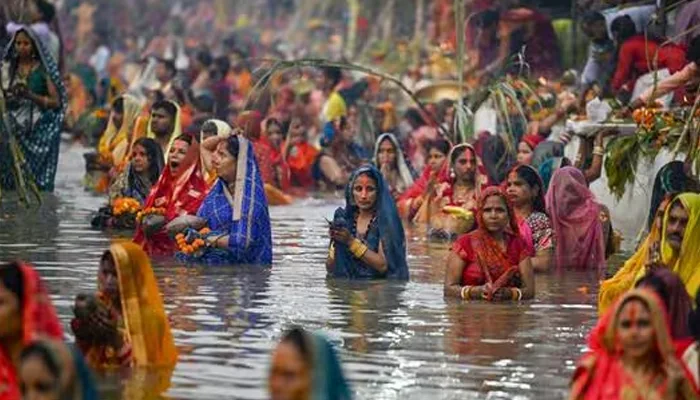
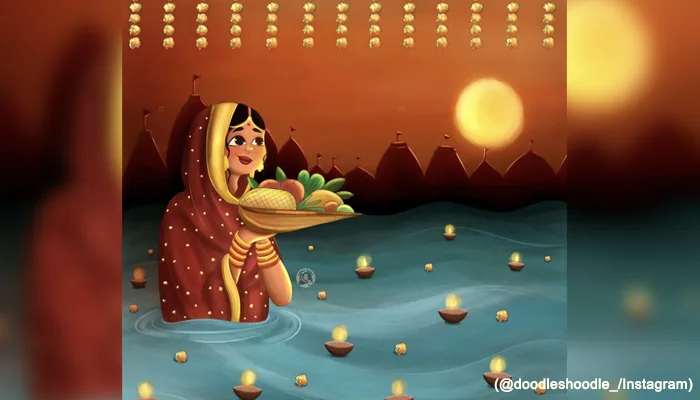
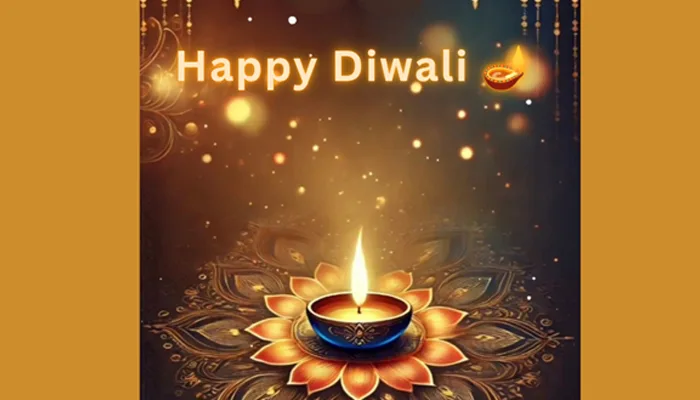
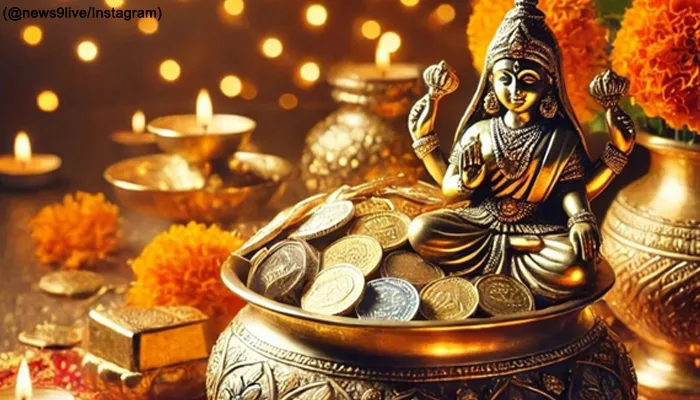
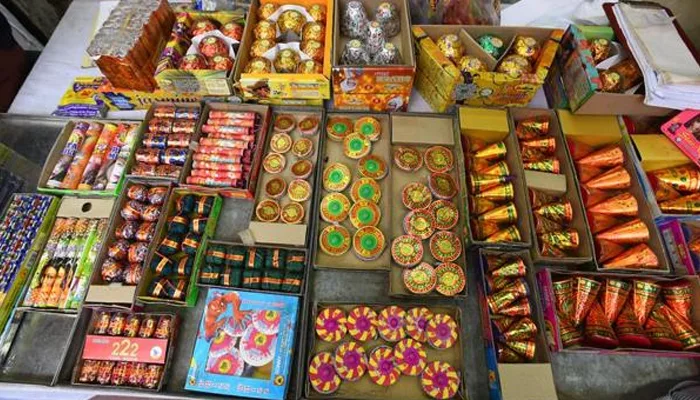
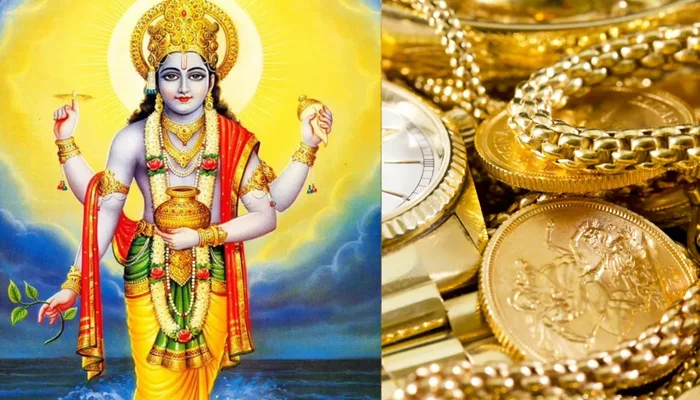
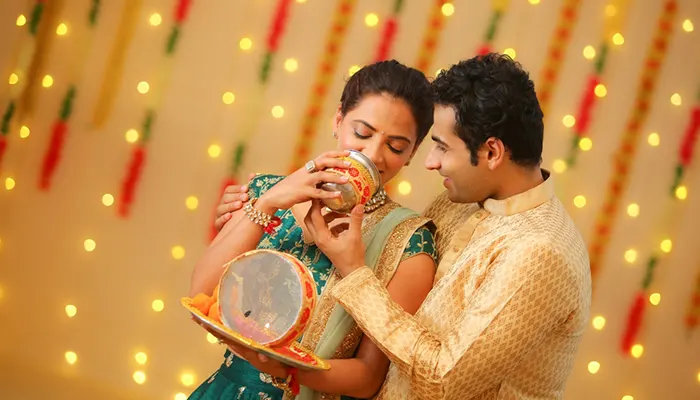
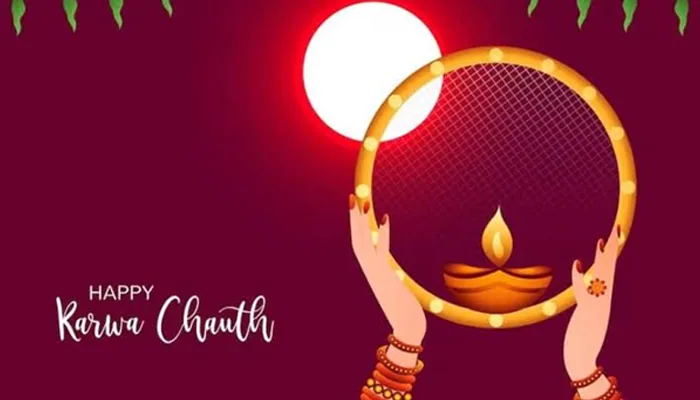
.webp)
